Lilith
Lilith is a virus that attacks Windows PCs and targets the files stored in them with the goal of making them inaccessible. Lilith represents a malware category known as Ransomware, the main goal of which is to blackmail the targeted victims.
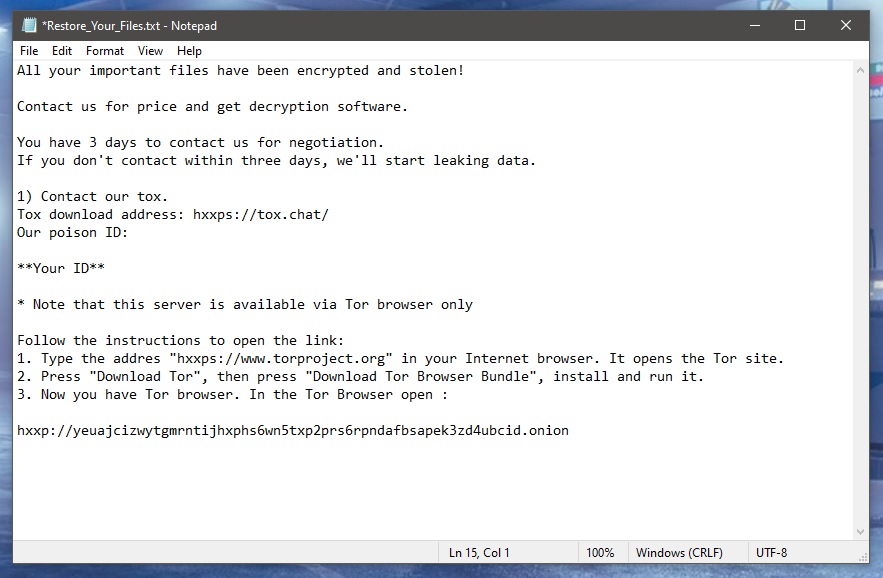
Ransomware is a unique form of malware due to the type of harm it causes once it attacks the computer. Most other kinds of malware and viruses either seek to damage or corrupt something in the system or spy on their victims. Ransomware doesn’t do any of that. Instead, a Ransomware threat such as Jjww, Eiur would simply lock up your files using a sophisticated encryption algorithm. The encryption would prevent you from opening any of the affected files, forcing you to consider paying the ransom demanded by the hackers in order to release the locked-up data. As soon as Lilith completes the process of making your files unavailable, it will show you a message in the form of a pop-up or a notepad file, wherein you’d be given information about the ransom you are supposed to pay in order to bring your data back to its regular state.
The Lilith virus
The Lilith virus is a data-targeting Ransomware infection that makes the user’s data unavailable in order to force its victim to pay a ransom. The Lilith virus generates a special key, unique for every computer it infects, that can unlock the files.
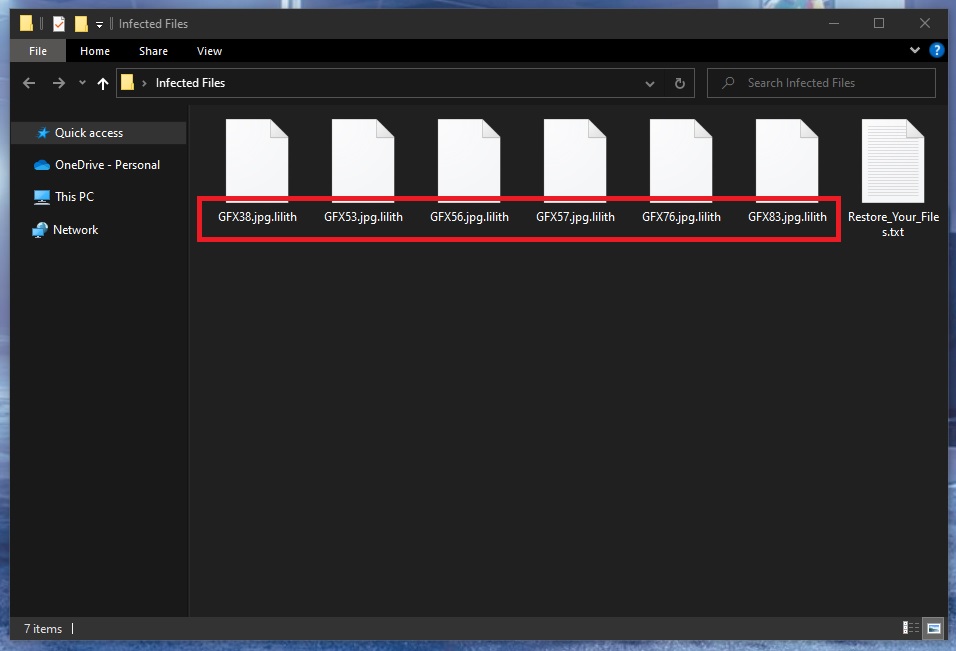
This key is what you are supposed to receive if you make the ransom payment. Many users count on getting sent this key and therefore pay the demanded ransom if they can afford it. However, experts advise refraining from doing that as soon as you see the ransom notification. It is uncertain whether or not you’d actually gain access to the decryption key after the payment is made. It is not a rare occurrence when users do pay the ransom, yet receive no working decryption key. Many Ransomware hackers are nothing but scammers who want to get your money but have no intention of restoring access to your data. Because of that, our suggestion is to look for other methods for handling the situation, leaving the payment variant as a final option.
The .Lilith file encryption
The .Lilith file encryption is an unbreakable encryption algorithm that secures the affected data, making it unrecognizable to any program. The .Lilith file encryption doesn’t go away automatically with the removal of the virus.
This might discourage some of you from even trying to remove Lilith, but you must realize that eliminating this virus is the first step toward improving things. The guide you’ll see on this page will help you get rid of this virus. After the removal steps, you will also see some recovery suggestions that serve as possible alternatives to the ransom payment. If you are interested in trying other options to recover your important data, be sure to look at the recovery options we have prepared for our readers.
SUMMARY:
| Name | Lilith |
| Type | Ransomware |
| Danger Level | High (Ransomware is by far the worst threat you can encounter) |
| Data Recovery Tool | Not Available |
| Detection Tool |
Remove Lilith Ransomware

Some of the steps will likely require you to exit the page. Bookmark it for later reference.
Reboot in Safe Mode (use this guide if you don’t know how to do it).

WARNING! READ CAREFULLY BEFORE PROCEEDING!
Press CTRL + SHIFT + ESC at the same time and go to the Processes Tab. Try to determine which processes are dangerous.
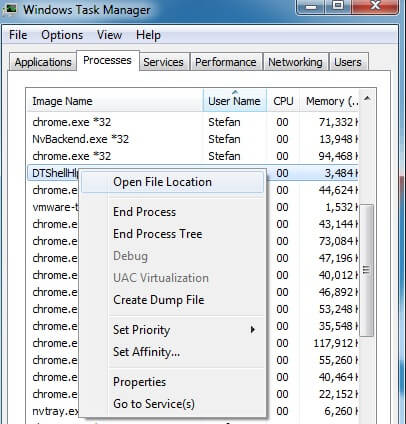
Right click on each of them and select Open File Location. Then scan the files with our free online virus scanner:
After you open their folder, end the processes that are infected, then delete their folders.
Note: If you are sure something is part of the infection – delete it, even if the scanner doesn’t flag it. No anti-virus program can detect all infections.

Hold the Start Key and R – copy + paste the following and click OK:
notepad %windir%/system32/Drivers/etc/hosts
A new file will open. If you are hacked, there will be a bunch of other IPs connected to you at the bottom. Look at the image below:
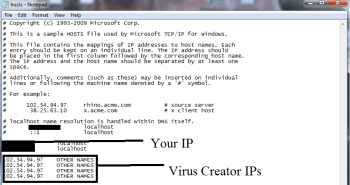
If there are suspicious IPs below “Localhost” – write to us in the comments.
Type msconfig in the search field and hit enter. A window will pop-up:
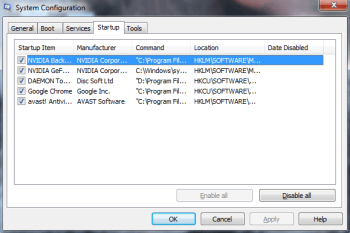
Go in Startup —> Uncheck entries that have “Unknown” as Manufacturer.
- Please note that ransomware may even include a fake Manufacturer name to its process. Make sure you check out every process here is legitimate.

Type Regedit in the windows search field and press Enter. Once inside, press CTRL and F together and type the virus’s Name.
Search for the ransomware in your registries and delete the entries. Be extremely careful – you can damage your system if you delete entries not related to the ransomware.
Type each of the following in the Windows Search Field:
- %AppData%
- %LocalAppData%
- %ProgramData%
- %WinDir%
- %Temp%
Delete everything in Temp. The rest just check out for anything recently added. Remember to leave us a comment if you run into any trouble!

How to Decrypt Lilith files
We have a comprehensive (and daily updated) guide on how to decrypt your files. Check it out here.
If the guide doesn’t help, download the anti-virus program we recommended or try our free online virus scanner. Also, you can always ask us in the comments for help!

Leave a Comment